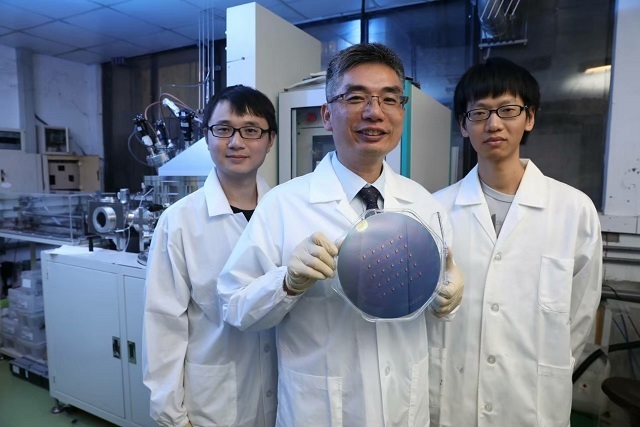NTHU research team at the cutting edge of memory research and development

From mobile phones to computers, wearable devices, the Internet of Things, and smart city operations, data processing and storage are the core of digital technology. At present these functions are mainly carried out using dynamic random access memory (DRAM), but this consumes power and can't easily be further reduced in size. However, a research team led by Prof. Lai Chih-huang of the Department of Materials Science and Engineering and Prof. Lin Hsiu-hau of the Department of Physics has made a revolutionary breakthrough in the development of the next generation of digital memory known as magnetoresistive random access memory (MRAM), which allows for faster reading and writing, uses less power, and retains data even when there is a power outage.
Their research has been published in a recent issue of Nature Materials , and has had an impact factor of 39.2. With the support of the Semiconductor Moonshot Project of the Ministry of Science and Technology, their research is expected to make a major contribution to the domestic memory industry.
Reducing size and energy consumption with MRAM
Prof. Lai explained that DRAM uses the electrical charge of electrons; the presence of the charge is represented as "1," its absence as "0," and maintaining this information requires a continuous power supply. As for size, DRAM originally conformed to Moore's Law, which states that size is reduced by half every 18 months. However, as the components became smaller, DRAM began to gradually deviate from Moore's Law, and is now hard to shrink any further.
Lai believes that when Moore's Law becomes inoperative, this signals the advent of the era of spintronics. This was the insight that led to his cooperation with Lin.
